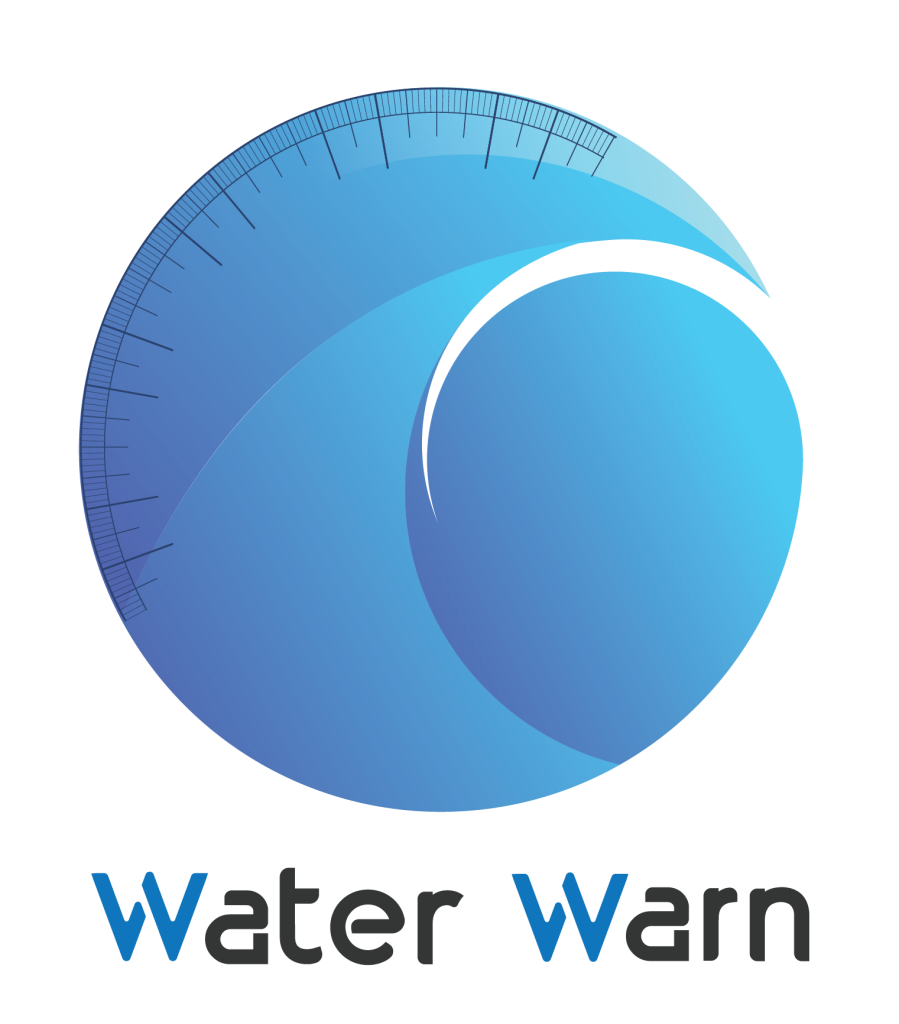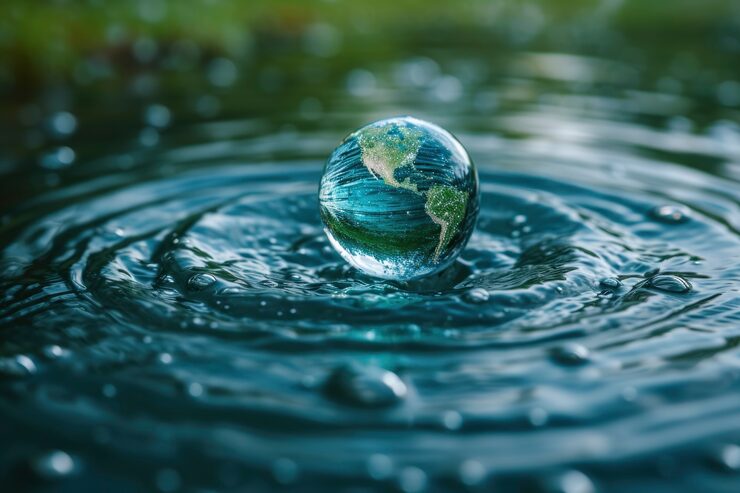Water scarcity and increasing expenses render efficient water consumption one of the most pressing environmental and scientific issues of our era. Contemporary research demonstrates that hydrology science and emerging technologies are fundamental in minimizing wastage while enabling households and communities to live more sustainably. Data-driven model advances, IoT applications, and smart water monitoring sensors have bridged the gap between scientific research and everyday life. By translating theory into practice, individuals can take proactive measures toward conservation without compromising comfort. Water Warn illustrates how innovative products rely on scientific groundwork, offering users practical solutions supported by decades of research. Throughout this blog, we will delve into the science behind consumption management, highlighting hydrology, climate adaptation, IoT integration, economics, and community engagement. Cumulatively, these disciplines illustrate why smart water monitoring, guided by hydrology science, is crucial in shaping sustainable urban living.
Hydrological Insights into Household Consumption
Hydrology science has traditionally highlighted that individual household use constitutes one of the greatest controllable variables in urban water management. Bathrooms alone contribute almost 40% of indoor use, with showers and faucets powering most of the demand (Journal of Hydrology, 2023). Researchers now depend on accurate measurements of flow rates, leak likelihood, and seasonality to estimate waste levels. By connecting such knowledge with smart water monitoring, consumers can visualize precisely how habits shape costs. For instance, adding five minutes to a shower can boost consumption by 50 liters; Water Warn makes users aware of such inefficiencies before they add up. In field studies, residences applying innovative smart water monitoring systems reported up to 35% savings annually. This interaction between hydrology science and consumer technology provides transparency that enables families to make educated decisions. The household’s future sustainability relies on blending everyday routines with ongoing feedback from smart water monitoring, demonstrating why applications like Water Warn are essential.
Climate Change and Water Stress Adaptation
Global warming persists in disturbing rainfall and groundwater availability, necessitating conservation as an urgent scientific imperative (Nature Climate Change, 2022). Municipalities are now exposed to both drought risk and flooding from storms. At a micro level, households are the adaptation solution. Through the application of hydrology science, researchers demonstrate that demand reduction at home decreases pressure on susceptible systems. Tools like smart water monitoring render this adaptation concrete: they notify users of unwarranted waste, enabling quick adjustments. Where communities employ these solutions, peak demand during dry months can be reduced by 15-20%. Water Warn, engineered around this concept, embodies the scientific notion that resilience begins at home. Research demonstrates that households utilizing smart water monitoring are more aligned with municipal conservation initiatives, averting infrastructure pressure. By bridging hydrology science with climate resilience, people turn abstract adaptation into quantifiable savings. The scientific consensus is clear: climate action relies on household participation, and Water Warn plays an integral role in connecting research with reality.
IoT Integration in Water Science
The Internet of Things has transformed conservation by uniting digital networks and hydrology science (IEEE IoT Journal, 2024). Sensors within plumbing systems now gather thousands of points of data daily, detecting leaks, unusual usage spikes, and seasonal fluctuations. Combined with cloud computing, smart water monitoring systems offer predictive analytics that forecast failures before they happen. For instance, early detection of micro-leaks prevents structural damage and eliminates unnecessary waste. Water Warn is part of this IoT evolution, integrating research-based principles into real-world monitoring. Researchers highlight that smart water monitoring is not merely about data gathering but actionable insight. Through pattern analysis, users learn how weather, household size, or appliance efficiency influence consumption. In practice, researchers have found that IoT-enabled hydrology science cuts municipal water loss by as much as 20%. The convergence of IoT and smart water monitoring illustrates how innovation redefines sustainability, and Water Warn manifests this turn.
Economic Science of Water Conservation
Scientific studies demonstrate how conservation is an economic and environmental strategy (Water Resources Economics Review, 2023). Scientists quantify cost savings through smart water monitoring, establishing that standard household bills decrease by 25-35% when monitor systems are applied. This economic advantage makes conservation a viable choice. Hydrology science is accompanied by evidence through the quantification of not just the flow of resources, but also long-term infrastructure advantages. By reducing aggregate demand, cities prevent expensive expansions of treatment plants and reservoirs. Systems such as Water Warn enhance such benefits by directly connecting consumer behavior with economic effects. An example is real-time leak detection that can save several hundred dollars annually. More significantly, economic analysis reveals that if smart water monitoring is implemented on a neighborhood level, collective cost savings trigger larger-scale societal resilience. Each dollar saved at the domestic level strengthens urban planning infrastructure. The intermingling of hydrology science and economics creates conservation as a cooperative investment in order to create low-cost sustainability without losing natural resources.
Community-Level Scientific Engagement
Conservation science increasingly focuses on the strength of group effort (Science Advances, 2023). Researchers show how, in comparing results, neighborhoods can be encouraged by rivalry to reduce waste. Sociology and hydrology science meet in this area as personal monitoring becomes shared responsibility. Clever water monitoring enables it with explicit markers and shared objectives. Water Warn, in its construction, embodies this scientific concept: conservation works best when it is founded on community trust. According to research, communities embracing collective monitoring save up to 30% more than single-family homes in isolation. Hydrology science attests that community involvement speeds efficiency benefits by linking social incentives to quantifiable data. With smart water monitoring as a part of routine practices, communities become active guardians rather than passive consumers. This approach builds resilience and forges long-term cultural habits of sustainability, demonstrating how Water Warn brings scientific knowledge into harmony with collective human behavior.
Conclusion
Scientific study makes it clear: sustainable living equates to pairing hydrology science with day-to-day, practical tools. From household-level monitoring to IoT-based analysis, smart water monitoring systems provide the transparency and agility that resilience requires. Climate adaptation, cost savings, and community engagement all benefit from this marriage. Water Warn represents the manner in which scientific data can be translated into applied conservation in the real world, empowering individuals and communities as well. As study continues to evolve, one point is clear: by incorporating hydrology science into day-to-day practice, one saves resources, saves money, and saves ecosystems. Conservation is not a burden but an advantage, and smart water monitoring is the bridge that ensures progress. With Water Warn, the gap between study and reality is made clear, outlining a future in which water sustainability is within reach for all.

